Fitbit Sense 2 review – Two steps forward, one step back
Being part of the Google family comes with many benefits, but it's not without caveats
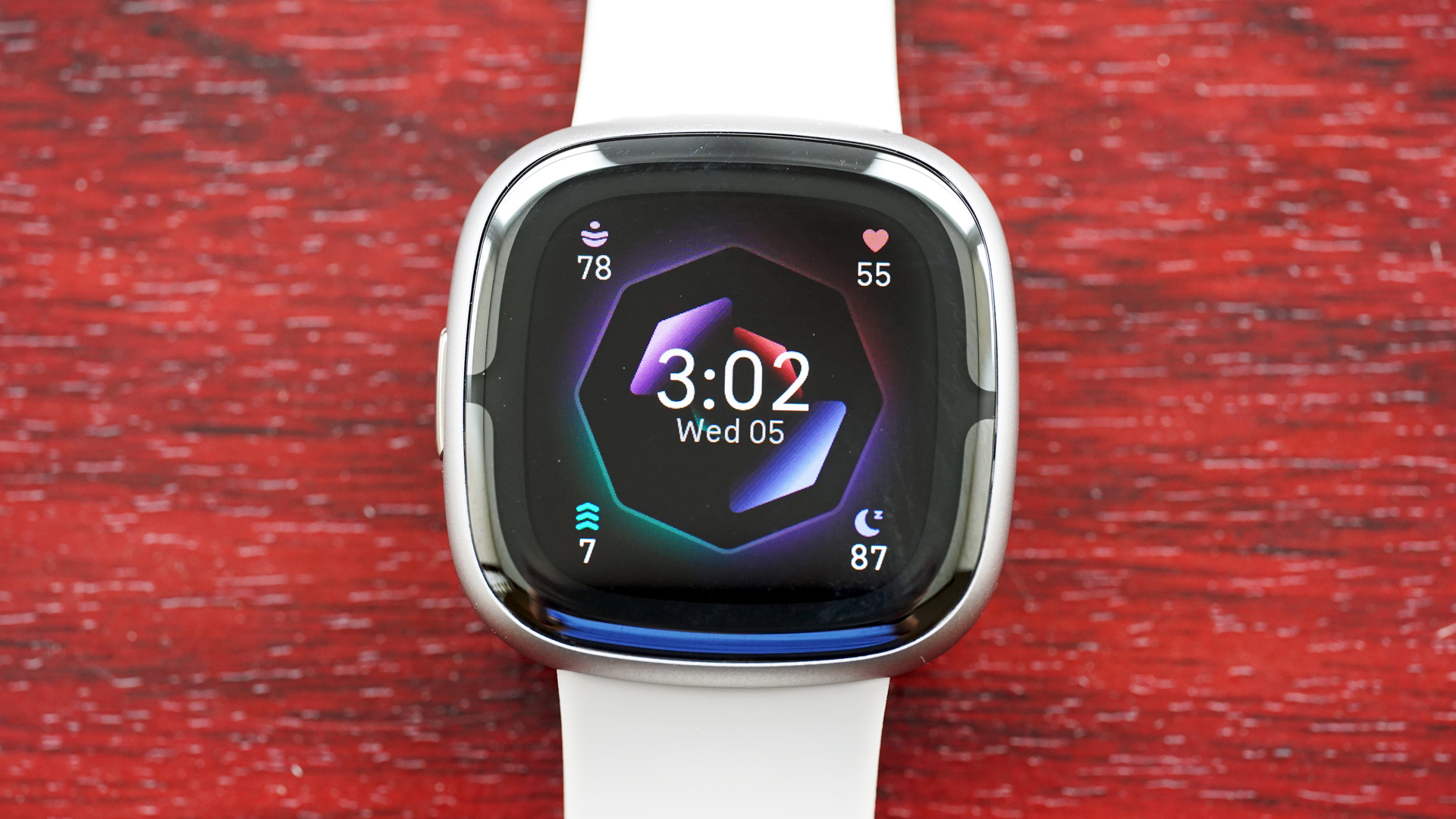

The Fitbit Sense 2 is an excellent health smartwatch that stuns with its updated user interface and improved stress tracking features. However, probably due to being part of the broader Google wearable portfolio, the Sense 2 has lost some key features, including WiFi connectivity, which is a massive shame.
-
+
Beautiful, dainty design
-
+
Premium build quality and materials used
-
+
Excellent sleep and stress tracking performance
-
+
Updated user interface is easy to navigate
-
-
No WiFi connectivity
-
-
No music storage or even control options
-
-
No third-party app support (currently, not even for Google products)
Why you can trust T3

I want to start this Fitbit Sense 2 review by stating the obvious: this is an awesome health smartwatch. It’s pretty, lightweight, has a slew of health features, including ECG, stress and sleep tracking, and is easy to control. In usual Fitbit fashion, the Sense 2 tracks workouts automatically and makes complex health questions easy to understand by presenting them in a way that can be scanned quickly and effortlessly.
Long story short, the Fitbit Sense 2 is one of the best Fitbits right now and definitely a worthy successor to the original Fitbit Sense. It might not be a revolutionary new device, but the refinements applied by Fitbit certainly made the watch a better fitness tracker than it used to be. Is it the best Fitbit, though? Well, about that…
As you might know, Fitbit was bought by Google a few years ago, and the Sense 2 is part of the first cohort of wearables designed to be part of the broader ecosystem. This inclusion has its benefits, but it also means that some of the features found in the original Sense have been omitted, so the Sense 2 fits better in the lineup of many watches, including the Pixel Watch. Should you get the Fitbit Sense 2, or are you better off buying the Pixel Watch, the Fitbit Versa 4 or maybe the original Sense? Read on to find out.
Fitbit Sense 2 review – Price and availability
The Fitbit Sense 2 was announced in August 2022 and is available to buy now directly from Fitbit US, Fitbit UK and Fitbit AU for a recommended retail price of $300/£270/AU$450. The Fitbit Sense 3 currently comes in three colourways: Shadow Grey / Graphite Aluminium, Lunar White / Platinum Aluminium and Blue Mist / Soft Gold Aluminium.
There aren’t any discounts available on the watch yet, although if Fitbit stays true to itself, we’ll see some minor price drops around Black Friday. You can always opt-in for the original Sense if you need something less expensive; that’s cheaper, even at RRP, and you can buy it for much less through third-party retailers.
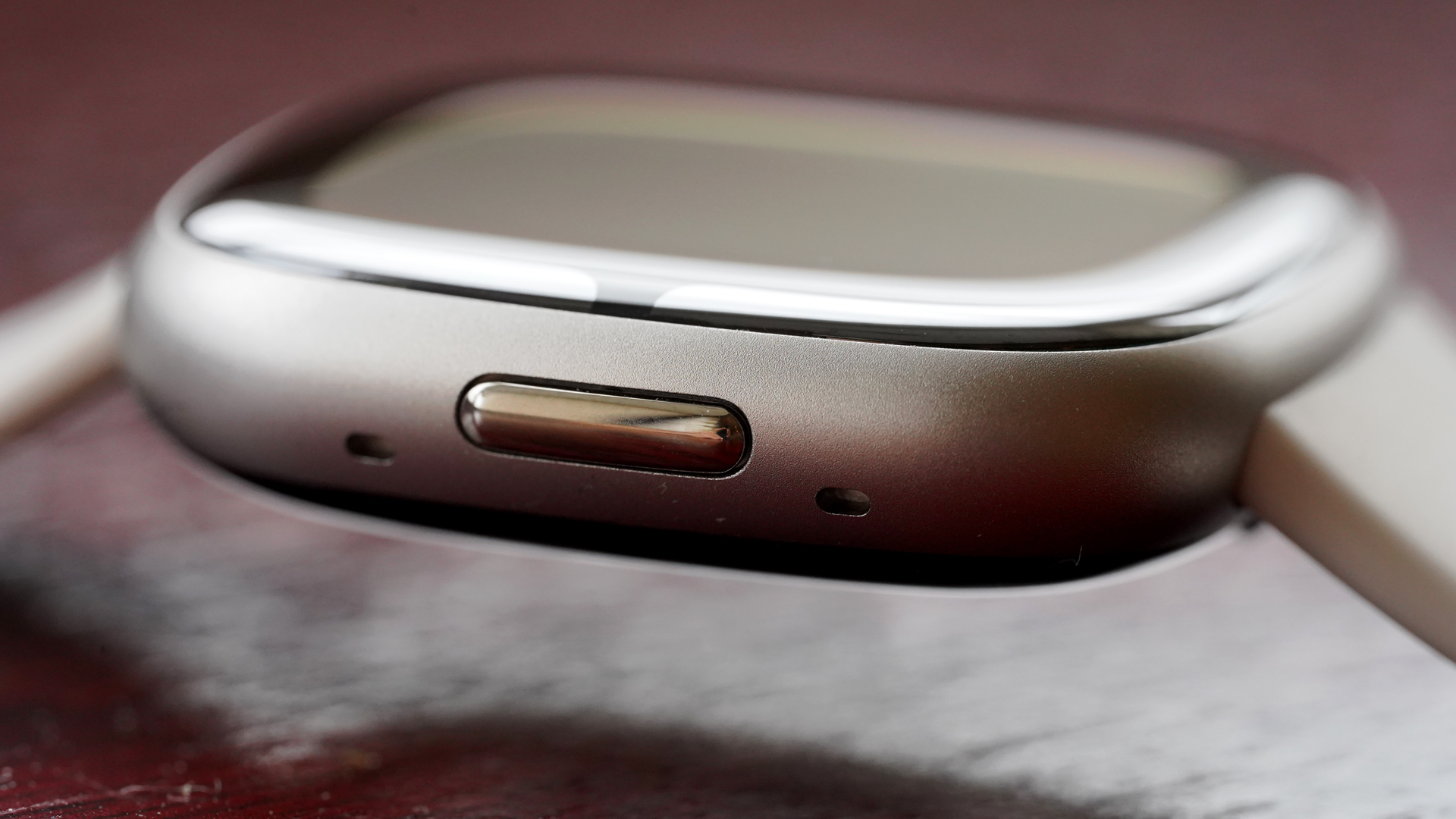
Fitbit Sense 2 review – What’s new?
The most significant difference between the Fitbit Sense 2 and the original Sense is the inclusion of the new Body Response (cEDA) sensor and the updated user interface. The former tracks continuous electrodermal activity for all-day stress management right from your wrist, which, combined with other metrics such as heart rate, heart rate variability (HRV), and skin temperature, can help you better understand when your body experiences stress.
Although they look more or less the same, the Fitbit Sense 2 has something everyone wanted on the Sense: a physical button. The capacitive button on the Sense was a real pain in the neck to use; this has now been replaced with a button you can press and interact with easily. The dimensions and the weight of both watches are roughly the same.
The user interface/menu system has also been redesigned and now looks less cluttered. As you’d expect from a Fitbit device – they aren’t the most performance-oriented wearables – the transition between screens is a bit slow, but the overall user experience is much better. Not to mention, the layout makes it super easy to understand what’s going on on the little screen.
Sadly, one thing has been removed from the watch: WiFi support. Technically, it’s still there, but it’s been deactivated and cannot be turned on, which is as strange as it sounds. You can’t store music or control music on the watch anymore; updates also take longer if you have to download them via Bluetooth.

Fitbit Sense 2 review – Build quality
I remember the virtual briefing a couple of years ago when the Sense and the Versa 3 were revealed and how proud the Fitbit team looked about the new design. The curvy, sleek exterior of the new watches indeed looked appetising and in line with what I feel people expect of premium Fitbit devices. The watch body and the bezel are made of aluminium, and the strap is soft to the touch silicone.
Speaking of the strap: the Infinity Loop band is as comfortable to wear as it’s always been. And, as mentioned above, it’s great to see a physical press button on the edge of the case – it makes life so much easier. No need to twist your wrist excessively to wake the screen; press the button, and it will come on instantly. Perfect.
Fitbit Sense 2 review – User interface
The new user interface of the Fitbit Sense 2 is easy to use and understand. It’s not dissimilar to the tile system of Wear OS watches; you swipe left or right to toggle between panels and see stuff such as heart rate, sleep score, stress level etc. By pressing the button, you can access the menu where most watch functions are listed. Pulling down on the home screen will reveal the settings while swiping up unlocks notifications. Simples!
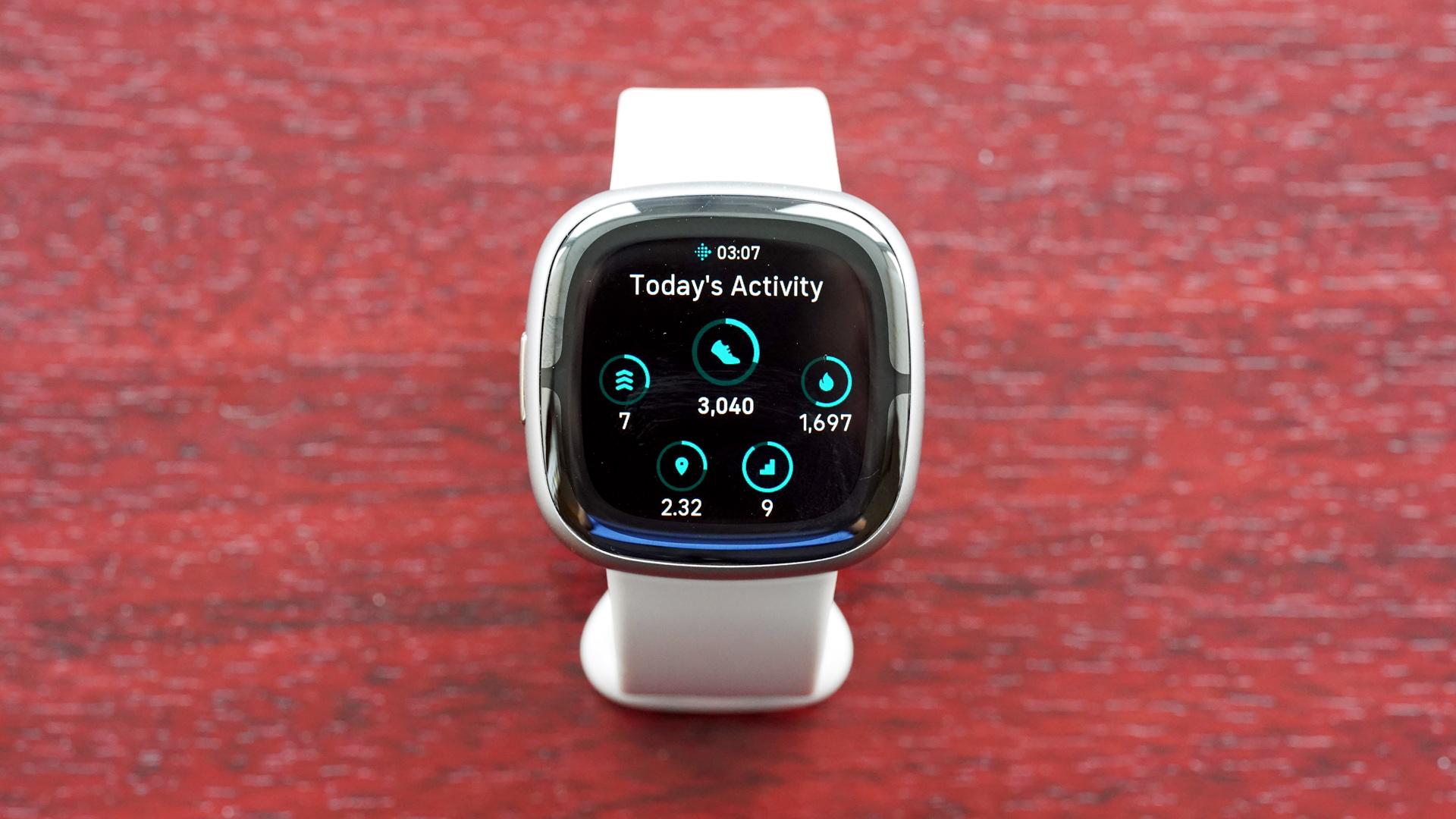
Fitbit Sense 2 review – Features
From a features point of view, the Sense 2 is more or less the same as its predecessor and boasts a ‘multi-path’ optical heart rate sensor, ECG and EDA, oxygen saturation (SpO2) monitoring, skin temperature, built-in GPS, and more. It has a speaker and microphone, has NFC so you can use the watch to pay for things in the shops (via Fitbit Pay), tracks some workouts automatically, as well as sleep and now stress via the new cEDA sensor. You also get Amazon Alexa support (hence the inclusion of the microphone and speaker), alarms, timers and smart notifications. The Fitbit Sense 2 is a well-rounded smartwatch for sure.
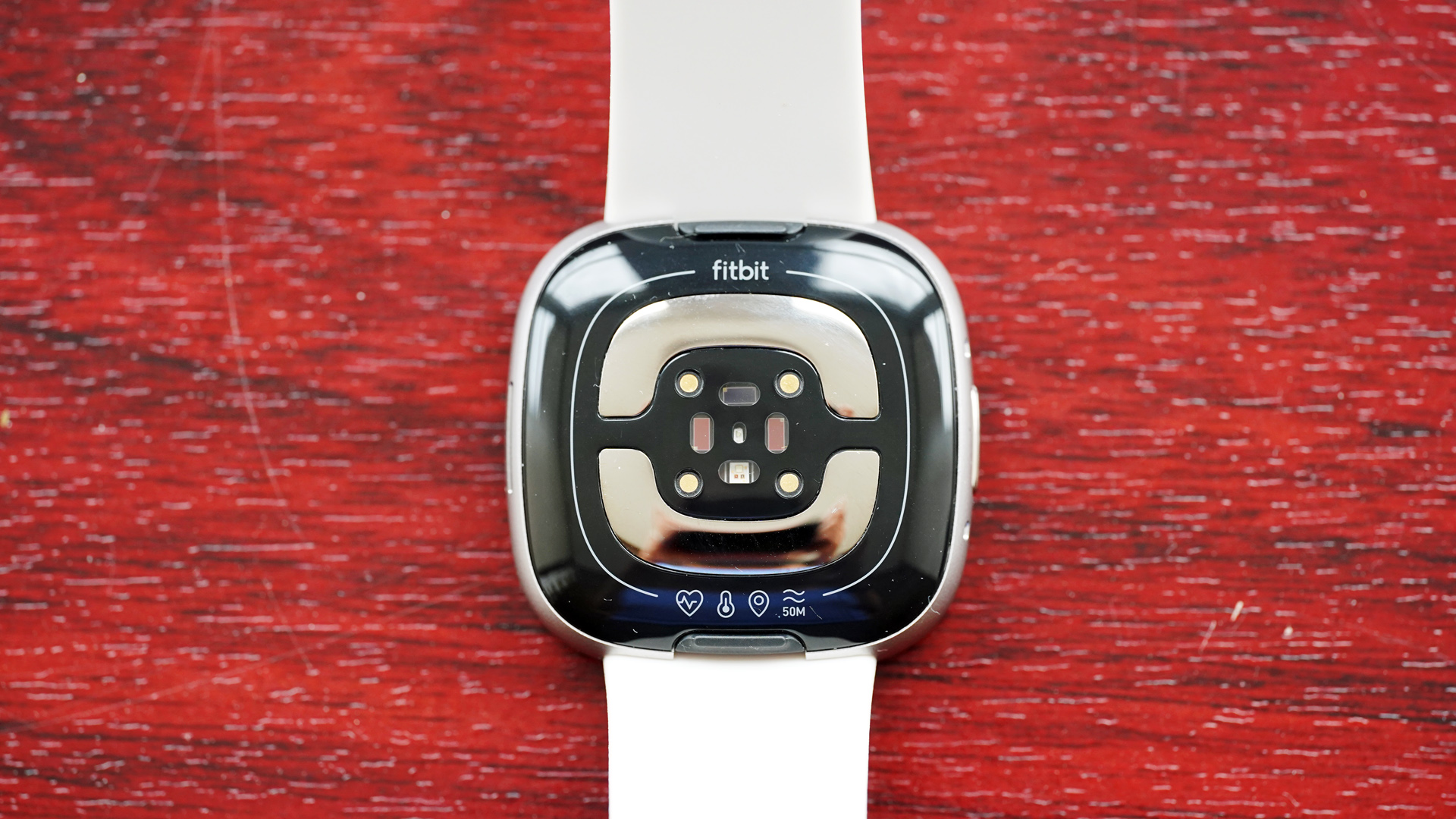
Fitbit Sense 2 review – How does the cEDA sensor work (stress tracking)?
The watch might have numerous features, but the biggest appeal of the Fitbit Sense 2 is certainly the new cEDA sensor and stress tracking. The Sense was already capable of measuring stress levels, but you had to place your hand on top of the wearable for it to work; the cEDA sensor eliminates the need for that and measures electrodermal activity continuously. Essentially, the cEDA sensor measures small changes in sweat levels on your skin and uses this information – along with heart rate and skin temperature readings – to determine how much stress your body is under.
When there is a deviation from the normal levels, the Sense 2 logs it as a ‘body response’. To clarify, you can produce body responses by getting excited, not just when you’re stressed; this is where logging mood in the Fitbit app comes into play. By telling the watch what caused the upheaval in your mood, it can more accurately guess what mood you’re in at any given point.
As one would expect, it’s quite hard to tell how accurate any of this is, although the ECG and EDA apps are FDA/CE approved, so we can assume they are at least somewhat accurate. The algorithm working out the stress levels is a different story, but what I can say is that it’s interesting to see these body responses, and combined with the mindfulness/stress-reducing recommendations from the watch, I can see it being a good tool in reducing stress levels.
I’m generally calm, so I didn’t need to do anything to reduce my stress levels – and didn’t want to get stressed just so I could test the Fitbit Sense 2 better – but it was interesting to see how my body responses varied throughout the day. In the same way, it was interesting to take blood pressure measurements with the Huawei Watch D, despite not having any problems with my blood pressure.
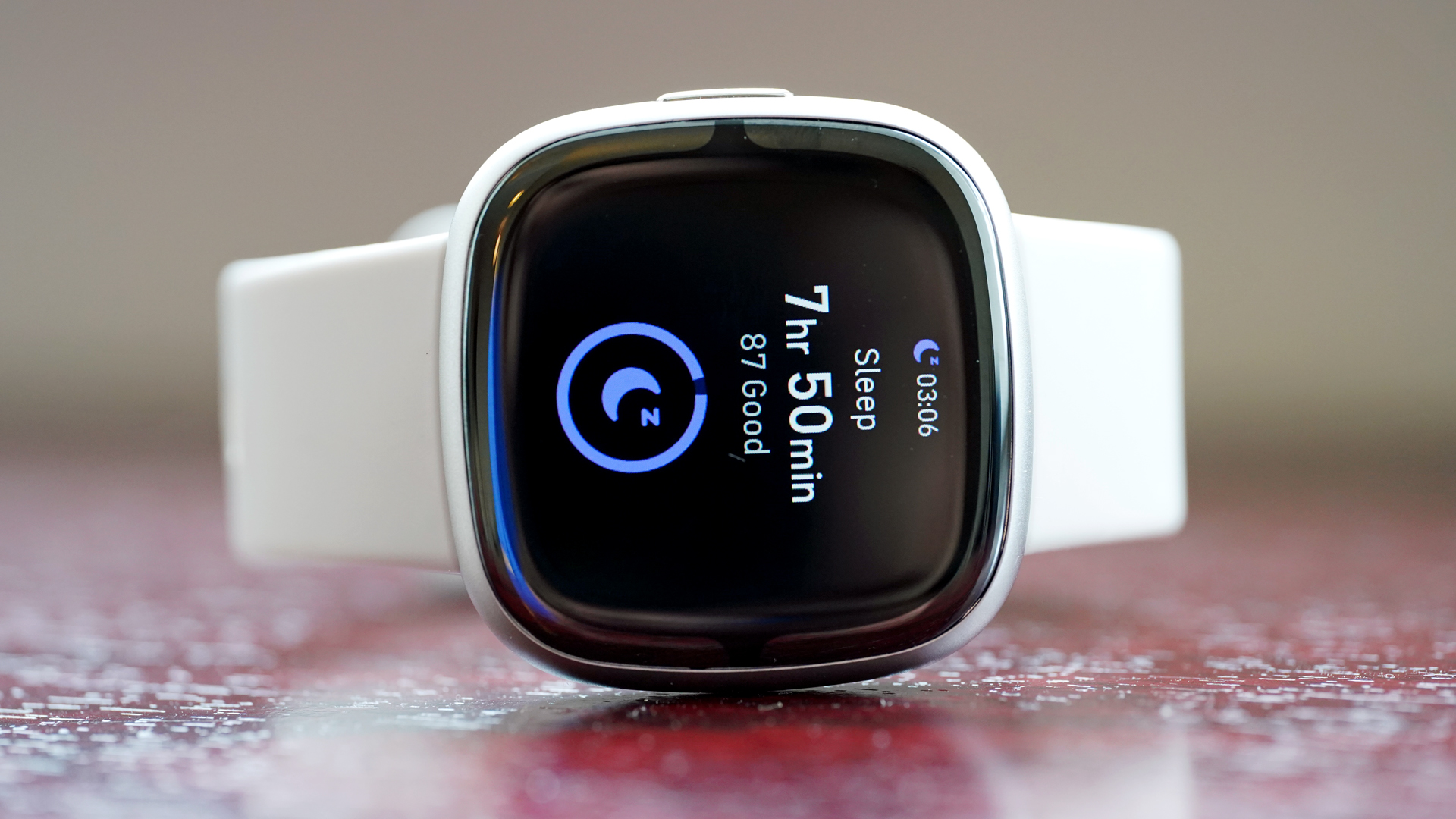
Fitbit Sense 2 review – Sleep tracking
If there is one thing Fitbit devices are really good at, it’s sleep tracking; and as expected, the Sense 2 is an excellent sleep tracker. Better still, buying the watch comes with a 6-month Fitbit Premium subscription, through which you can access advanced sleep analytics and even see what your Fitbit Sleep Animal is. Most of the information about your sleep is only available to view in the app, but you can see how much you slept and your sleep score on the watch.
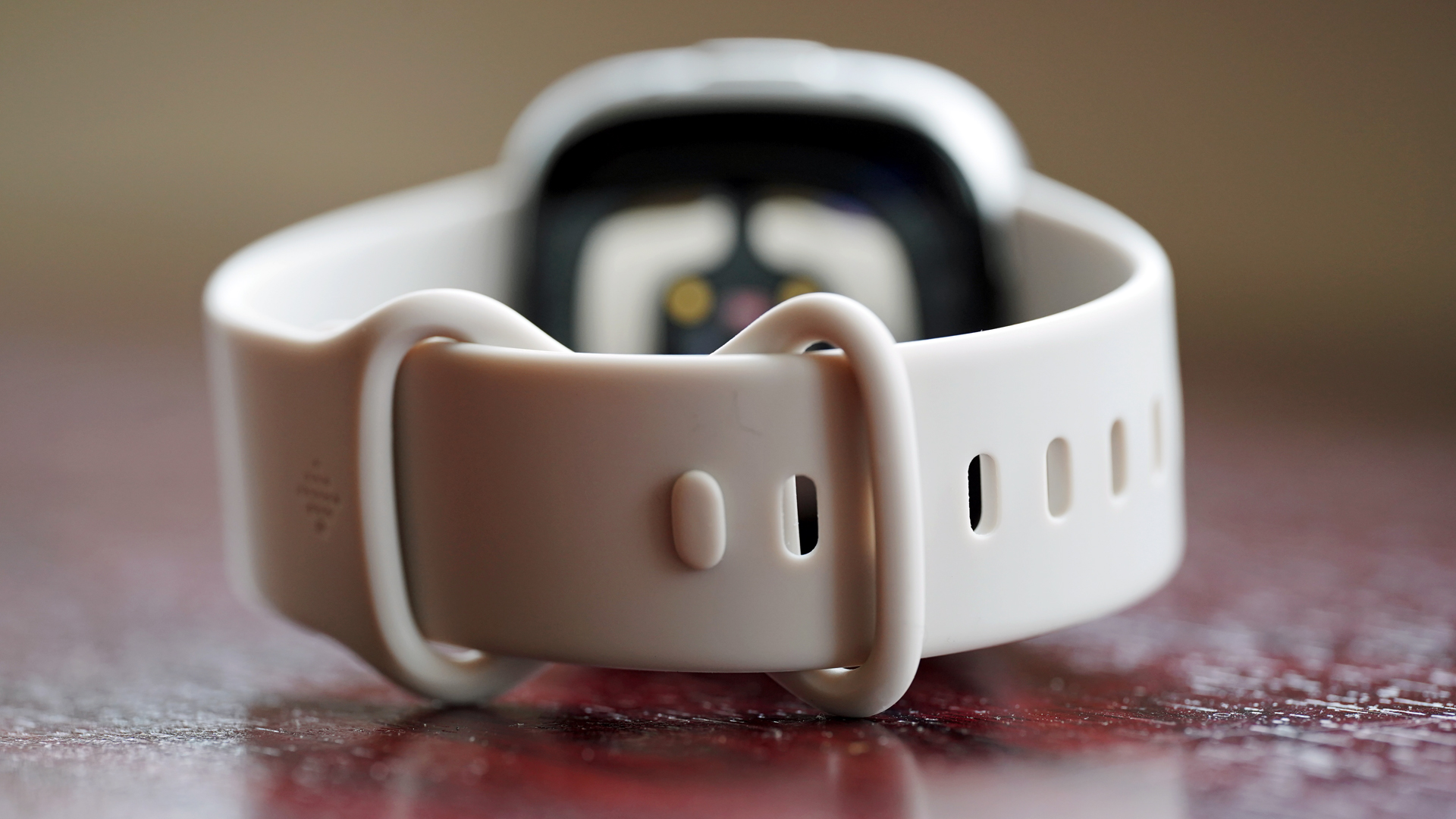
Fitbit Sense 2 review – Activity tracking
Passive activity tracking is another thing Fitbit wearables are usually very good at. You just put the Sense 2 on, and it’ll track your runs/cycles/walks without you having to start recording it. Better still, all activities count toward your Active Zone Minutes, whether they are recorded automatically or not.
The Sense 2 also gives you a Daily Readiness Score, which tells you how ready your body is for exercise. This feature was introduced in the Fitbit Charge 5 and is based on heart rate variability, but it also takes into account other metrics (e.g. sleep) to determine your readiness. Another handy feature to help you assess your body’s overall condition.
As for accuracy and active sports tracking, the Fitbit Sense 2 is okay at best. The algorithm can’t always cope well with spikes in heart rate, and the GPS is far from being the most accurate on the market – it’s a far cry from the accuracy of the best Garmins! I wouldn’t recommend the watch for hardcore training, but as a passive tracker, it’s perfectly fine.
Fitbit Sense 2 review – Battery life
Officially, the Fitbit Sense 2 has a "6+ days battery life", which is way better than that of the Pixel Watch and even the best Apple Watch (at least the one with the most battery power), the Apple Watch Ultra. In practice, the watch will easily last for three days, or four if you're not too keen on looking at the screen too often. Even if you like to receive notifications on the Sense 2 and track runs/cycles using the GPS, you can probably get two days out of the battery.
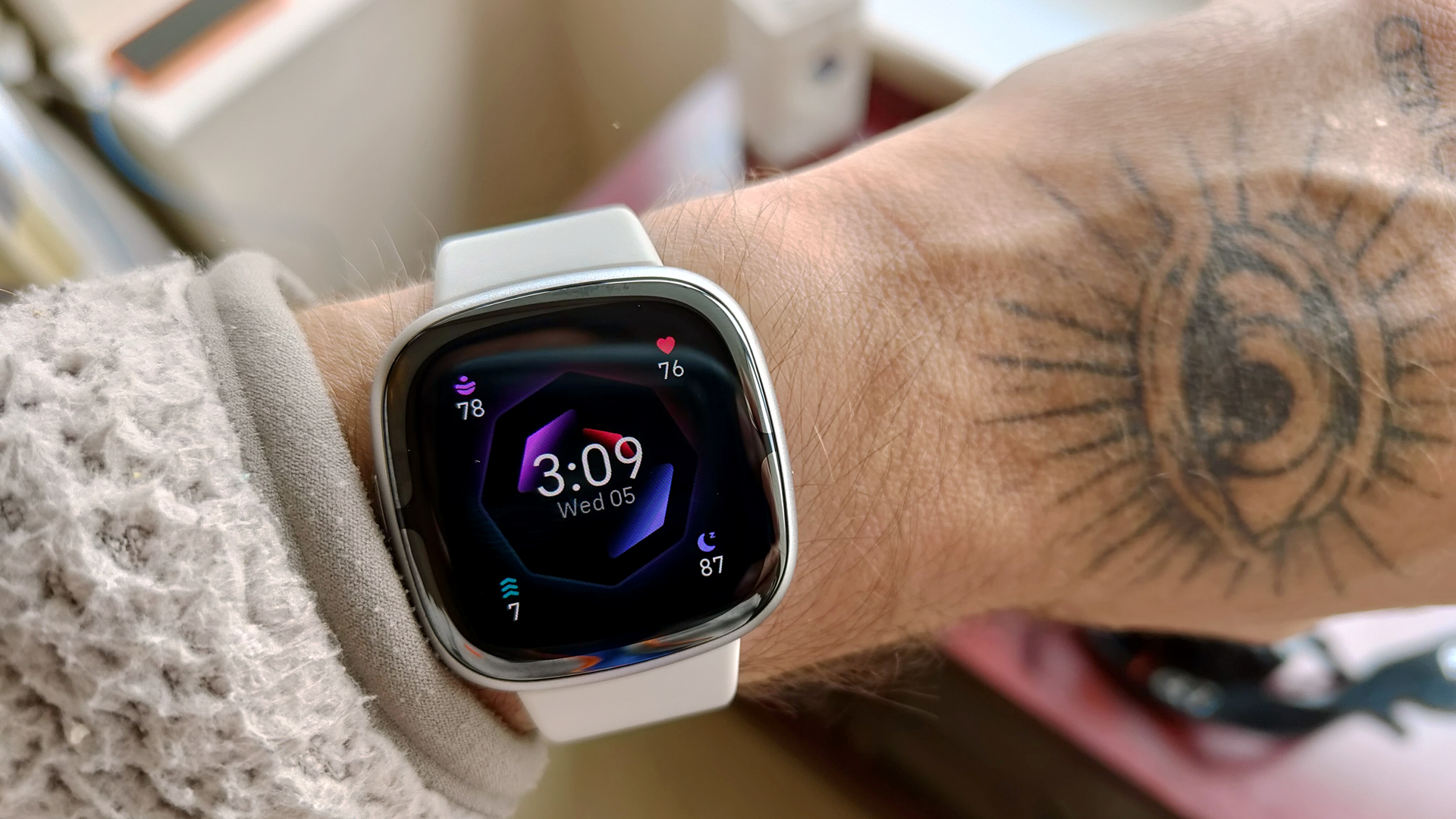
Fitbit Sense 2 review – Verdict
As mentioned in the intro, the Fitbit Sense 2 is an excellent health smartwatch, even better than its predecessor. It has a better stress tracking system, a more user-friendly interface, a physical button, and the same handsome design we all admire. Better still, the watch didn’t change the features that worked well, including passive activity tracking, sleep tracking, etc.
Sadly, some of the changes aren’t as welcome as others. The exclusion of WiFi support is a big no-no, not just because it makes music listening on the watch impossible, but because it also takes longer to update the watch. The fact that the WiFi integration is in the watch but cannot be turned on is nothing short of infuriating. Give us our WiFi back!
That said, it’s hard not to recommend the Fitbit Sense 2 as it’s just so pretty and user-friendly. Sure, it might be slower than the most cutting-edge wearables nowadays, and it certainly won’t replace the Garmin Forerunner 255 as anyone’s go-to training partner, but as a health-forward smartwatch, it’d be hard to find a better and more handsome option as the Fitbit Sense 2.
Fitbit Sense 2 review – Also consider
For a sportier experience, try the Whoop 4.0. It's the perfect fitness tracker in the sense that it actually tracks your fitness level instead of monitoring arbitrary health stats such as steps and water consumption. However, especially because of its hardcore nature, it might only be ideal for people who train hard and don’t mind spending money on knowing how ready their bodies are for training.
Cheaper it might be, the Huawei Watch Fit 2 is a decent alternative fitness tracker that offers a lot of health and fitness functionality. It might be a bit of an overkill, and due to its size, people with small wrists might find it hard to find a proper fit. However, it might be worth considering as a cheap fitness-forward smartwatch.
If you need ECG and don't want to compromise on style, the Withings ScanWatch is your best bet. It sells for the same price as the Fitbit Sense 2 and comes jam-packed with health sensors and features that cater to modern smartwatch owners' needs. Battery life up to 30 days!
Finally, the Huawei Watch D should also be considered, especially if you're interested in blood pressure monitoring. It has an accurate heart rate sensor, blood pressure readings are quick and effortless, and the Watch D has most (if not all) features of other Huawei smartwatches, incl. ECG. Read my full Huawei Watch D review.
Sign up to the T3 newsletter for smarter living straight to your inbox
Get all the latest news, reviews, deals and buying guides on gorgeous tech, home and active products from the T3 experts

Matt Kollat is a journalist and content creator who works for T3.com and its magazine counterpart as an Active Editor. His areas of expertise include wearables, drones, fitness equipment, nutrition and outdoor gear. He joined T3 in 2019. His byline appears in several publications, including Techradar and Fit&Well, and more. Matt also collaborated with other content creators (e.g. Garage Gym Reviews) and judged many awards, such as the European Specialist Sports Nutrition Alliance's ESSNawards. When he isn't working out, running or cycling, you'll find him roaming the countryside and trying out new podcasting and content creation equipment.
-
 Leaked AirPods prototype looks like Nothing... literally
Leaked AirPods prototype looks like Nothing... literallyAnd we are here for them
By Britta O'Boyle Published
-
 OnePlus Watch 3 lands in the UK with a flurry of freebies and a huge discount
OnePlus Watch 3 lands in the UK with a flurry of freebies and a huge discountThe new titanium-clad smartwatch brings 120-hour battery life, ECG health checks, and some serious launch offers
By Matt Kollat Published
-
 Future YouTube feature could put an end to your doomscrolling
Future YouTube feature could put an end to your doomscrollingAnd that's something we would love to see
By Britta O'Boyle Published